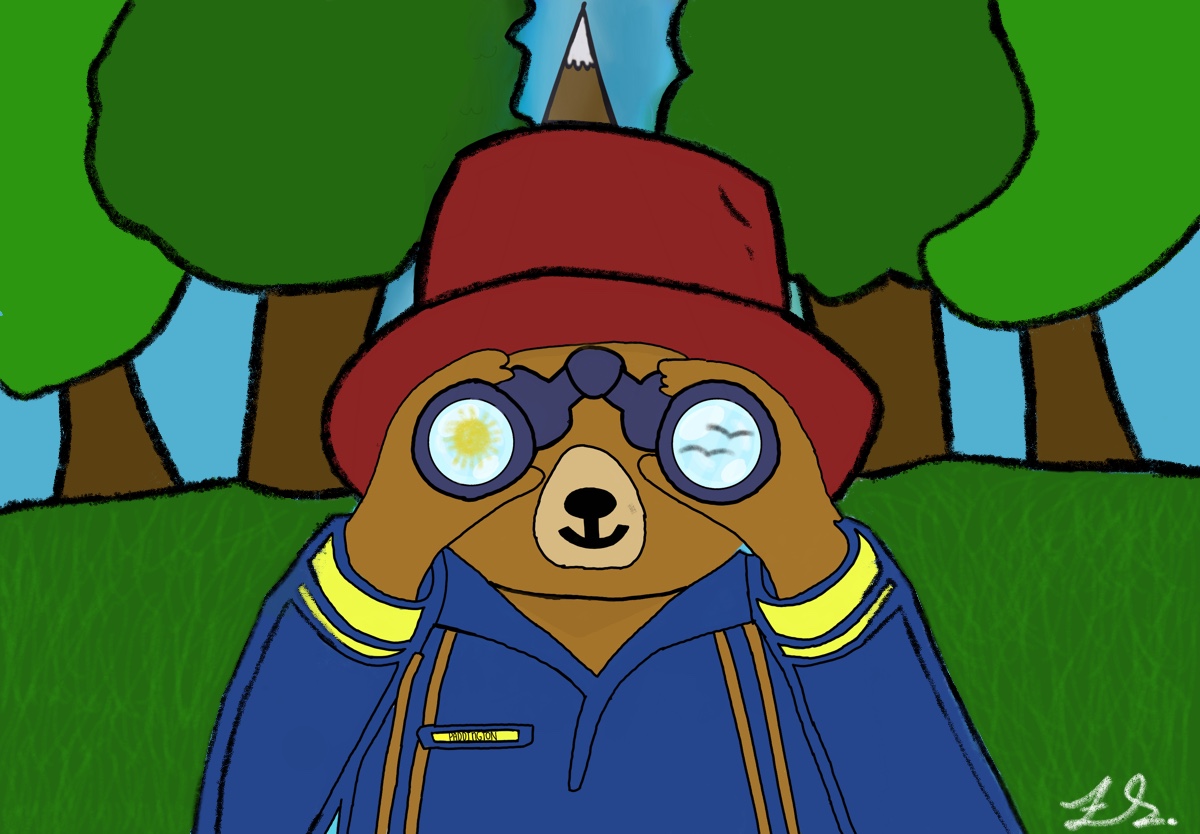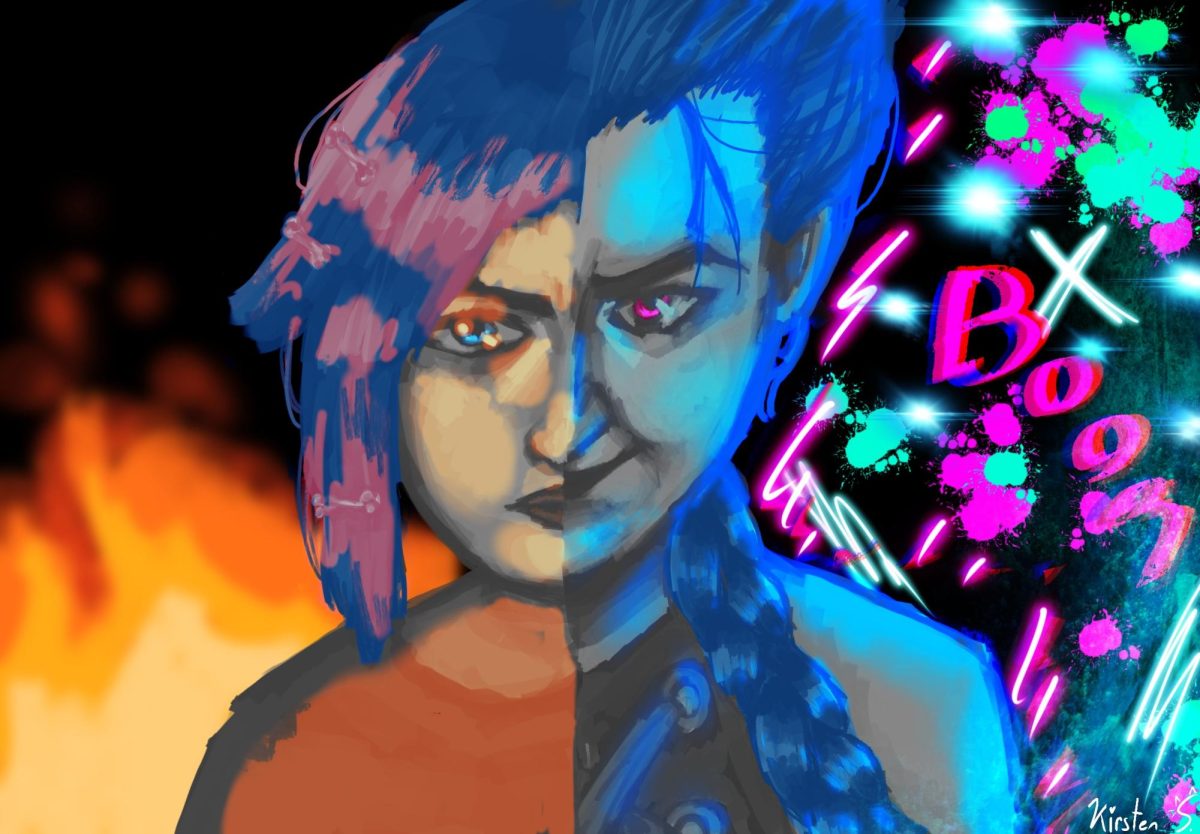Since its debut in 2005, Nickelodeon’s “Avatar: The Last Airbender” animated series has been a beloved show among viewers of all ages.
The storyline follows a young boy named Aang, otherwise known as the Avatar, who, with the help of his friends, must defeat the Fire Nation and restore balance to the world.
However, the first live-action adaptation of this popular film, The Last Airbender, released in 2010, was heavily criticized for its casting and scripting.
On Feb. 22, Netflix released an alternative live-action series of “Avatar: The Last Airbender,” consisting of eight episodes. The new adaptation has notable accolades as well as flaws compared to the original “Avatar: The Last Airbender” animated series.
For the most part, the casting of Netflix’s live-action is far better than that of M. Night Shyamalan’s.
Actors Arden Cho, Paul Sun-Hyung Lee and Daniel Dae Kim, who play June, Uncle Iroh and Fire Lord Ozai embody their roles well. The characters Jet and Suki, played by Sebastian Amoruso and Maria Zhang, capture the audience, even in their limited screen time, with their charm.
Contrarily, the casting of Azula, Mai, and Princess Yue could be better. Azula’s wickedness and determination are not as evident in the portrayal of her by Elizabeth Yu.
As for the role of Princess Yue, viewers are disappointed that the actress from the 2010 live-action film, Seychelle Gabriel, is not featured. Gabriel also voiced Asami Sato in “Avatar: Legend of Korra,” displaying her significant connection to the Avatar storyline.
Though the casting is near perfect, the costumes are questionable. Ty Lee, Mai and Princess Yue’s wigs as well as Zuko’s scar do not look realistic enough.
The breathtaking graphics are one of the best parts of Netflix’s live-action adaptation.
The scenes from “The Siege of the North” episodes of the animated series have been brought to life, realistically portraying the Fire Nation battleships, Aang and the ocean spirit’s merged form, and the damage done to the Northern Water Tribe.
A different aspect of Netflix’s “Avatar: The Last Airbender” is that the film is rated TV-14, while the original animated series is rated TV-Y7. Because the live-action series is targeted toward older kids, the genocide of the Air Nomads as well as the brutal effects of firebending were displayed.
Most importantly, the scripting of Netflix’s live-action series can be both praised and disdained.
In the new “Avatar: The Last Airbender” adaptation, flashbacks from Zuko’s past, such as his history with the 41st division, reveal his kind character prior to being banished from the Fire Nation.
During Team Avatar’s stay at Kyoshi Island, it is amazing when Avatar Kyoshi takes over Aang’s body in the Avatar State. Because Aang is an amateur, it is hard for the audience to recognize the Avatar’s true strength until Avatar Kyoshi, a powerful master of all four elements, takes control.
Though Aang has a lot to learn in the first season, it is difficult to predict the trajectory of his journey due to Netflix’s scripting.
In the original animated series, Aang learns waterbending from Master Pakku at the Northern Water Tribe. However, Aang fails to master a second element in the live-action adaptation. Confusion arises as to how he will master all four elements if he has already fallen behind in the first season.
Netflix changed the personalities of the characters Azula, Sokka, and Katara, which was not a good choice.
In the “Avatar: The Last Airbender” animated series, Azula is confident and talented. Contrarily, she is insecure in the live-action adaptation and worries about being overshadowed by Zuko, which is never a concern of the original Azula.
Netflix also dismissed Sokka’s sexism towards females, which erases his character development. In the animated series, Sokka underestimates Katara and Suki because they are girls, which leads to him being humbled and learning important life lessons.
As for Katara, she is perceived to be the motherly figure of Team Avatar in the original Avatar: The Last Airbender. However, her bossiness, anger, and leadership are washed away.
Unlike in the animated series, there is less of a connection between her and Aang.
Before, Katara is the only character who can reach and inspire Aang. But in Netflix’s live-action adaptation, it feels like Team Avatar is on its own separate adventures.
To cater to the original “Avatar: The Last Airbender” fans, Netflix includes the Avatar lore. However, the film uses more telling and less showing to convey the storyline.
Characters, such as Gran Gran and Princess Yue, explain the circumstances of their situations instead of letting viewers find out through visuals.
Netflix did a great job, especially with graphics, to create a nostalgic and exciting live-action adaptation of “Avatar: The Last Airbender.” The new film holds onto familiar characters and scenes while also introducing new elements to thicken the plot. Overall, this live-action is a success, and season two is highly anticipated.
Follow @CHSCampusNews on X.









